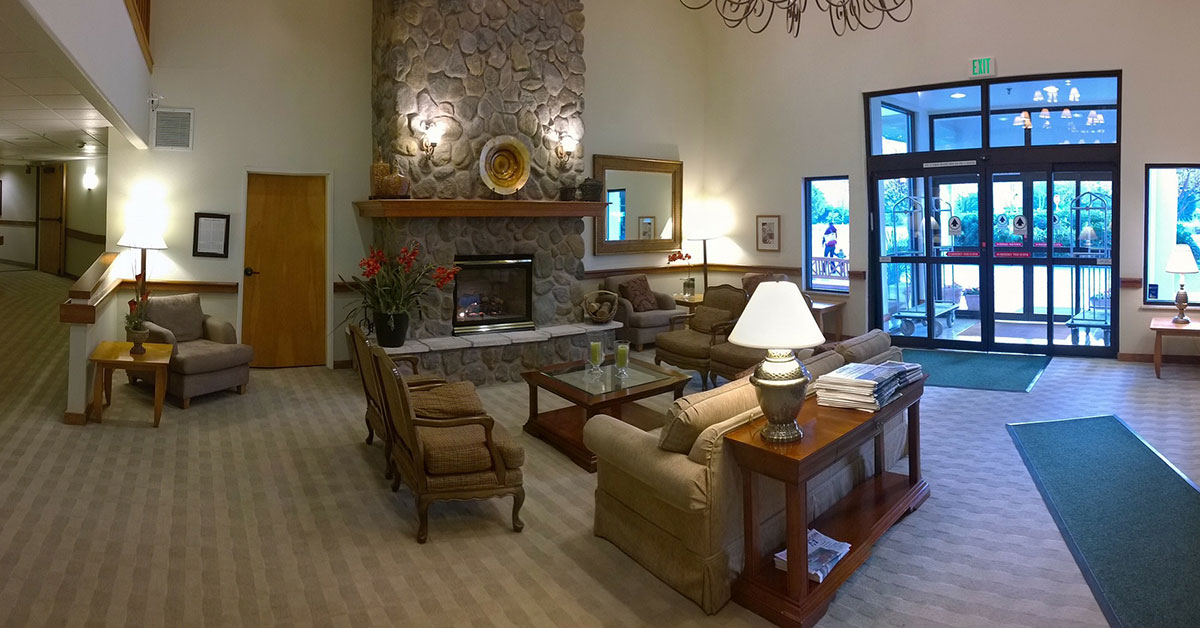Think carpet stains will not hinder your hotel properties reputation? Think again. Floors are one of the first features that people notice upon entering a space, whether it is a hotel lobby or a guest room. Noticeable stains, whether large or small, can make guests question your property’s dedication to cleanliness. Doubts about cleanliness can snowball into bigger issues if a guest vows to avoid your property in the future. To present the best version of your hotel to travelers and secure high satisfaction scores and loyalty, read on to learn more about the types of carpet stains you may encounter and how best to manage them.
Common Carpet Stains
Unfortunately, stains are inevitable when you operate a commercial property with frequent foot traffic and on-premises beverage and food service. There are numerous types of stains that can occur, including:
- Beverage stains – From coffee to red wine to fruit smoothies, there are a variety of beverages that your property serves which can end up spilled on the floor. This may occur in bar and restaurant areas or even guest rooms given the availability of room service. Hotels with event spaces can also have beverage spills occur in these larger rooms where weddings, conferences and award ceremonies are hosted.
- Food stains – Ingredients like pizza sauce and ketchup can make their mark on carpet. Additionally, byproducts of cooking like fats, oils and grease can also stain carpet. Like beverage spills, these types of stains will most likely occur in dining areas, guest rooms and meeting and event spaces.
- Stains from outdoor contaminants– Shoes can track in different contaminants, like mud and salt. These stains will be the most common near entrances. As lobbies are meant to make a good first impression on guests, reducing the risk of these stains and rectifying that as quickly as possible is key.
- Organic stains – Organic stains like blood and vomit can derail the pristine appearance of your hotel’s carpet. Additionally, if your property allows pets, urine and waste can stain carpet in places like guest rooms and lobbies.
Hotel Carpet Cleaning Tips
There are specific stain removal tactics that your property and housekeeping team can implement to keep hotel room carpet and other areas looking their best. These include:
- Stop stains at entrances – Entrance matting is instrumental for reducing the amount of dirt that makes its way onto carpet. Absorbent mats remove moisture and also scrape mud and other contaminants from the bottoms of shoes. Installing matting is not a “one-and-done” process. You must have a plan in place for regularly maintaining mats. For example, daily vacuuming removes loose soils and laundering mats periodically can provide a deeper clean. In addition to placing matting in your lobby, be sure to also consider other side and back entrances that guests and employees can access.
- Train staff to do visual checks for stains – Your housekeeping staff will be the individuals who are responsible for addressing stains that mistakenly occur, but even those in other departments can offer additional support. For example, concierge professionals can keep an eye out in the lobby while restaurant servers can report stains that occur in foodservice areas. Housekeepers have frequent access to guest rooms, so they should also do a quick visual sweep for carpet stains when they are performing turn-down service or cleaning rooms between guest stays.
- Match the stain profile to the chemistry – There is not a one-size-fits-all approach to stain removal. In fact, it is best to have a range of chemistry solutions on hand to tackle stains of different origins. For example, some chemistries are formulated to break down organic stains and others are best suited for red food-dye stains. Bottles that are color-coded for different types of stains and clearly labeled make it easier for housekeepers to grab and go when a stain is fresh.
- Couple stain removal with interim maintenance – In addition to removing spots as they occur, it is necessary to have a plan in place for interim maintenance. This type of maintenance ensures a consistent appearance and tackles soils that become embedded deep in carpet fibers. Low-moisture encapsulation is an ideal interim maintenance method because it uses less water, and it encapsulates soils into a dry crystalline structure that is removed through vacuuming. Encapsulation also does not leave sticky residues behind that attract dirt.
Upholding Cleanliness in Hotels
Hotels are intended to be relaxing environments where guests go to escape. Whether traveling for business or pleasure and checking into a three-star hotel or a five-star luxury property, guests expect a high level of cleanliness. Carpet is often installed throughout the majority of hotels, such as in lobbies, event spaces, hallways and rooms. Carpet should be free of stains to uphold the property’s aesthetic and to give guests reassurance that your business is committed to cleanliness, and in turn, public health and safety. Applying the aforementioned carpet stain removal best practices can help you impress every guest and extend the lifespan of your carefully selected carpet.

